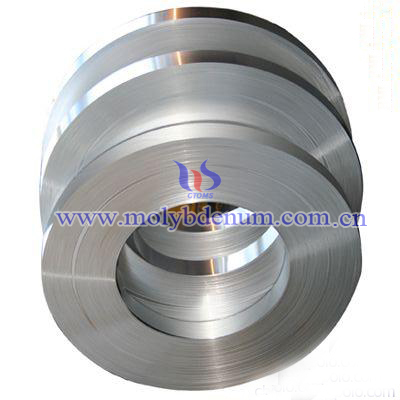
 What Is Rare Earth Molybdenum Alloy Toughening Mechanism ?
What Is Rare Earth Molybdenum Alloy Toughening Mechanism ?
Molybdenum and molybdenum alloys
There is a clear low-temperature brittleness and high plastic - brittle transition temperature, which was mainly due to harmful impurities nitrogen, carbon, oxygen along the grain boundaries cause. Harmful impurities nitrogen, carbon start at 1 000 ℃ above chemical reaction with the substrate, the generated nitrogen, carbon compound itself has distinct brittle. In addition, these gaps in the matrix elements minimal solubility, they form a solid solution Mo substrate, the excess compound is formed a second phase, so even small brittle material will also clearly manifested.
To the use of rare earth and its oxide particle dispersion strengthened molybdenum alloy and fine grain has been a hot research topic. As early as the 1960s, there is a rare earth element foreign to grain refinement studies.
When Mo is added to the rare earth elements, on the one hand the formation of grain boundaries and the distribution of the dispersed particles, thereby increasing the plasticity of the material; other hand, slows the clearance of carbon and oxygen impurities in the grain boundary segregation, thus improve the low temperature brittleness and lower alloy plastic - brittle transition temperature. A variety of information, adding a certain molybdenum oxide or rare earth after recrystallization temperature of molybdenum increased about 500 ℃, and the rare earth oxides of molybdenum to improve the room temperature tensile strength, high temperature anti-sagging effect is particularly evident ability .
Hiraoka and other rare-earth molybdenum alloy that toughening mechanism of action is mainly coarse elongated grain structure type toughening. DENG etc. are considered rare earth molybdenum alloy brittleness improvement was mainly due to lower REE gap near the grain boundary impurity concentrations. Zhang J and other studies of La2O3 added toughness and toughening of molybdenum mechanism. With its tensile, bending the Mo-La2O3 measured fracture toughness (KIC) and ductile - brittle transition temperature, and use SEM, TEM, AES methods such as Mo-La2O3 alloy deformation, fracture characteristics and organizational structure of analysis.
The results showed that:
① sintered Mo-La2O3 material KIC value reached 24.76 MPa · m1 / 2, is 2.5 times more pure molybdenum, and the air above the forging state TiC-ZrC-Mo alloy;
② After 1 900 ℃ annealed Mo-La2O3 board, its ductile - brittle transition temperature was lowered to -60 ℃, compared with the same state of pure molybdenum plate decreased 80 ℃, so the La2O3 on molybdenum has a significant toughening effect;
③ adding La2O3 does not change the C, N, O and other impurities embrittlement of molybdenum on the distribution of the grain boundary;
④ Mo-La2O3 material toughening largely attributed to its ability to increase resistance to crack propagation, which changes with La2O3 particles of molybdenum in the state of distribution of dislocations.
If you have any interest in our rare earth molybdenum alloy or other molybdenum alloy products, please feel free to contact us by email: sales@chinatungsten.com,sales@xiamentungsten.com or by telephone:86 592 512 9696.